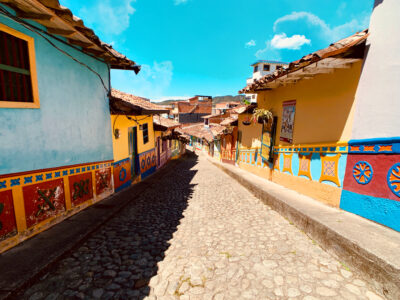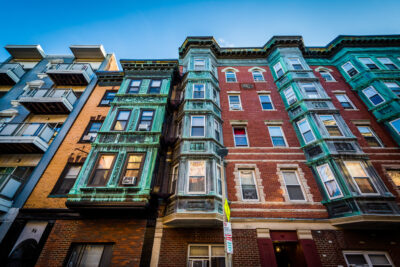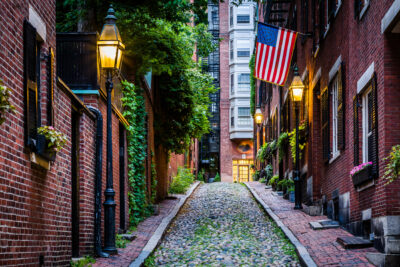
Riding New Zealand’s TranzAlpine train between Christchurch and Greymouth
This South Island scenic rail route is more than just bucket-list views; its history of gold and pounamu shines just as brightly, writes Gareth Clark
When the surveyor and explorer Arthur Dobson began mapping the alpine pass that would later take his name, New Zealand‘s South Island was a different world. By 1864, the first steam railway on the islands – linking Christchurch to the wharf at Ferrymead – had barely been running a year. Today, 200,000 passengers travel annually on the TranzAlpine between Christchurch and Greymouth via Arthur’s Pass. It’s a route lauded for its views, yet it also has a history that is just as compelling.
Of course, the pass Dobson surveyed was no secret to the Ngāi Tahu, who knew it by the name Kā Roimiro (Place of the Cold Wind) long before the Europeans arrived. They had crossed the Southern Alps for centuries to trade pounamu (nephrite jade) between Westland and Canterbury, routes now explored at new centres scattering the west coast.
For the settlers, Dobson’s ‘discovery’ coincided with a gold rush in the west. By 1866, 250km of road linking Christchurch to the Westland mining town of Hokitika had been built at great expense. It was a huge feat of engineering, even if it had less impact than expected. The miners shipped their gold directly rather than risk the bone-chill of the Alps.
Stepping on board the modern TranzAlpine carriages in Christchurch Station today, this history feels far removed. And yet, even here you’ll find echoes of the past. The station lies on the former site of the 1877-built Addington Railway Workshops, the town’s industrial driver for decades. Scan the corner of the car park and you’ll still see the workshop’s old water tower, which survived the 2011 earthquake.
Despite the rush to build a road across the Southern Alps, it would be 50 years before a rail route was completed (in 1923). The Midland Line, which makes up the bulk of the TranzAlpine’s 223km route, spans five bridges, dizzying viaducts and 17 tunnels, including the 8.5km Ōtira Tunnel, the longest in the British Empire when it was completed.
Today, the TranzAlpine is aimed square at travellers, with five stops between Christchurch and Greymouth (4.5 hours). Open-air carriages and panoramic windows put patchwork plateaus and yawning gorges on show while an audio guide app tells their story via the free wifi. From the Staircase Viaduct over the Waimakariri River gorge to the mist-wrapped mountains of Arthur’s Pass, to glacial-fed lakes swaddled by podocarp rainforest, the trip offers an assault on the senses. But behind the views is an eye-opening history of gold and pounamu.
Highlights from the route
Christchurch/Ōtautahi
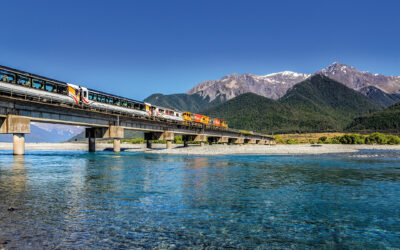
The shadow of the 2011 earthquake lingers in Christchurch’s mothballed cathedral, yet this doesn’t reflect the wider city, which has rebuilt feverishly. Some 7,000 buildings were destroyed in the centre in the wake of 2011; what replaced them is now a thriving hub.
It’s also a mistake to think the quake erased Christchurch’s heritage. Far from it. The Ferrymead Heritage Park still contains part of the islands’ first rail route (1863), which you can ride today; the Antigua Boatsheds remain unchanged since 1882; and the Christchurch Arts Centre (Te Puna o Waiwhetū) sprawls 23 heritage buildings in various stages of restoration.
Before you board the TranzAlpine, you can also join an Āmiki cultural tour to explore the area’s Māori history and its links to the west coast through the pounamu trade (amikitours.com).
Arthur’s Pass/Kā Roimiro
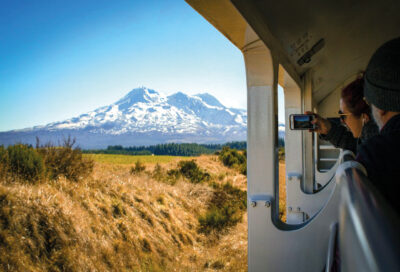
Beyond Christchurch, the track rolls past stops in Rolleston, Darfield and Springfield, after which it rises from the plateau via horseshoe bends and viaducts over grand gorges, skewering the Torlesse range. By the time you reach Arthur’s Pass, highest (739m) of the three routes crossing the Alps, clouds drape the peaks like heavy linen.
This stop is home to a small village (population: approx 50) and the first national park established on the South Island (in 1929). An hour’s walk north reveals a monument to Arthur Dobson, erected after his death in 1934. You’ll also pass the Devil’s Punchbowl falls and a rare example of a late-19th-century roadman’s hut, built for the workers who laboured to keep remote tracks open in all seasons.
You could spend weeks here wandering the many trails, looking out for inquisitive kea (alpine parrots) and great spotted kiwis. If you have time, stroll The Old Coach Road (6km east of the village), a 1.1km loop along the original route that was built in 1866.
Moana
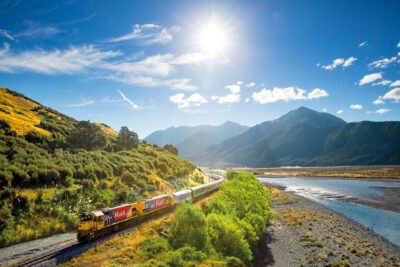
Beyond Arthur’s pass, the train enters the Ōtira Tunnel, the final link connecting the coasts in 1923. The next stop is the tiny lakeside settlement of Moana, which bursts at the seams in summer when its elegant 1926-built clapboard station welcomes eager fishing parties. But Lake Brunner (Kōtuku Moana) is known for more than its brown trout. Kayakers, paddleboarders and boat trips drift on its mirrored waters, and old logging trails wind into the forests.
Look for glowworms beneath the ferns on the Velenski Track or take the new 15km Lake Brunner Scenic Trail, which opens up parts of the west shore previously only reachable by boat. It was still unfinished at the time of writing but you can walk most of it.
Greymouth/Māwhera
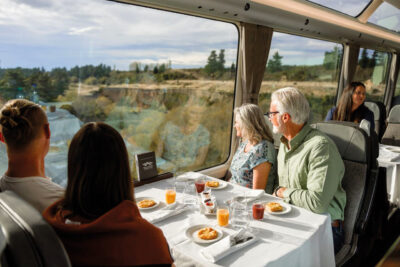
Greymouth’s roots lie in gold and pounamu, a type of nephrite jade used by Māori in jewellery, tools and weapons for generations. These ‘greenstones’ are considered sacred, and the trade once linked the community here to others along the coast and across the Southern Alps. Even today, pounamu galleries and carvers still scatter the city. One way to learn more is to visit the Pounamu Pathway (Māwhera), part of a new trail of immersive museums on the coast telling the tale of this stone and the people it united.
Gold is just as prevalent in Greymouth’s story, and the city boomed in the gold rush of the 1860s. While its main museum is closed, the Hokitika Museum down the road is a good source on the area’s mining past. The two-hour (one-way) Point Elizabeth Walkway north of Greymouth is a neat way to see this history first-hand, tracing an old water race (channel) built by miners to sluice their claims.
Need to know
The TranzAlpine has two classes of ticket: Scenic and Scenic Plus, costing £110 and £222 per person respectively (one-way). The latter launched in 2023 and includes drinks and dining; it also offers access to an exclusive open-air carriage – a genuine perk, as the Scenic equivalent can get busy. Book tickets at greatjourneysnz.com.
Don’t be caught out by the luggage rules. Large bags need to be checked in, with a weight limit subject to ticket class (one bag of less than 23kg for Scenic; two for Scenic Plus); guests may take a small bag as carry-on. Remember to bring earphones for the audio commentary app.
There is only one TranzAlpine service daily, except in winter (May to July) when it reduces to four per week (Fri–Mon). Trains depart Christchurch at 8.15am and return from Greymouth at 2.10pm. There is a short stop at Arthur’s Pass; if you want to stay longer anywhere, plan to either take the returning train later in the day or contact the operator to make a booking with a stopover (+64 800 872 467).
State-owned operator Great Journeys runs two other scenic rail routes: the South Island’s Coastal Pacific (Christchurch–Picton; 348km), which you can link up with the TranzAlpine via an overnight in Christchurch, and the North Island’s Northern Explorer (Auckland–Wellington; 681km), an 11-hour epic that spans the island. Both routes are more than worth it if you have the time.








